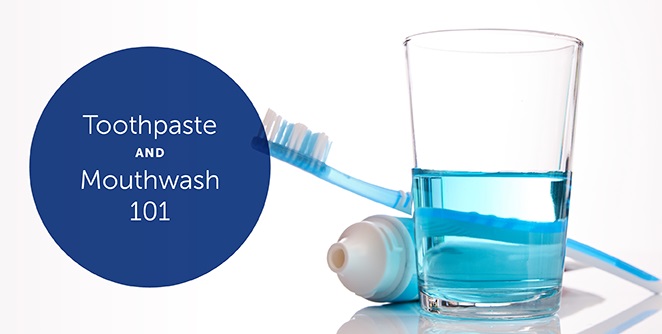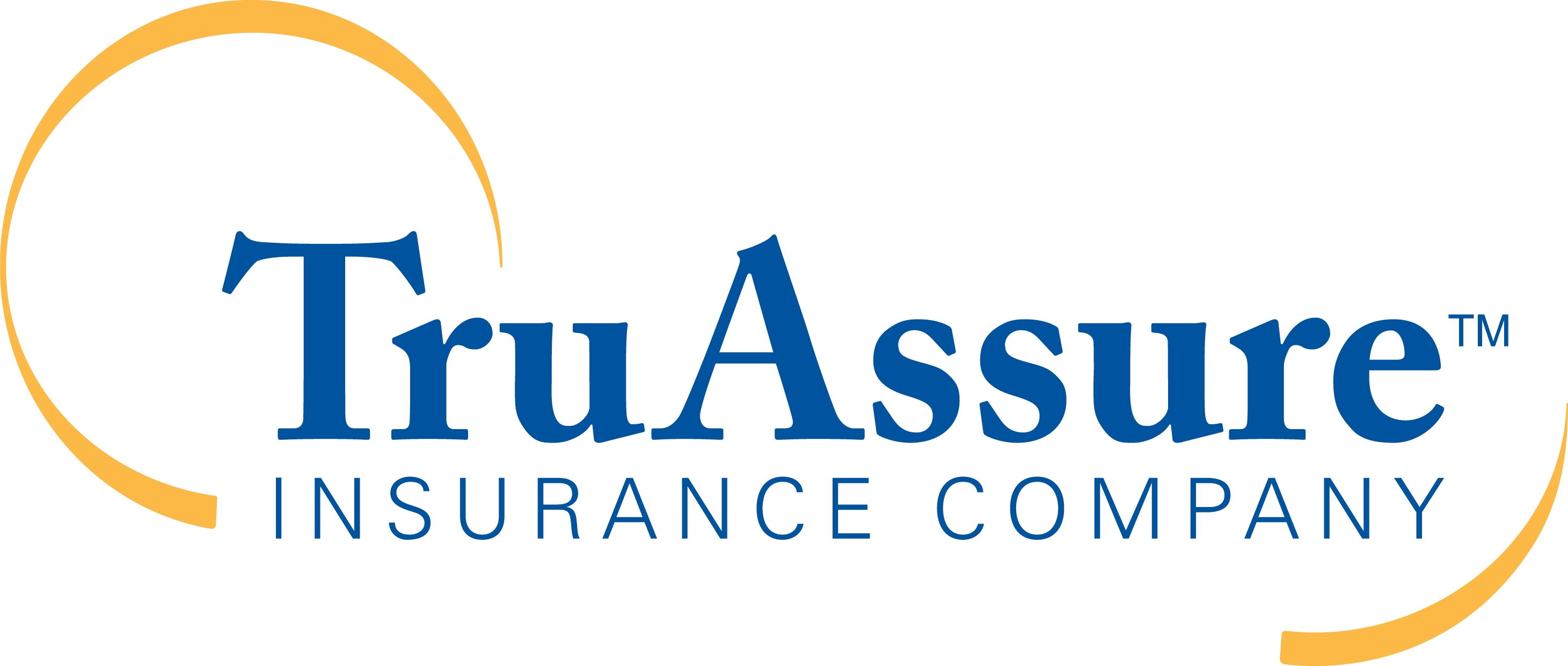Toothpaste and Mouthwash 101

Choosing the right dental hygiene products plays a significant role in your oral health. That’s why it’s so important to consider what products to choose. Understanding the different types of toothpaste and mouthwash, including their ingredients, is key to determining what’s best for you.
Key Toothpaste Ingredients
Fortunately, there’s a range of options for you to choose from when it comes to toothpaste. One main decision is whether to select a paste, gel or powder toothpaste. All are effective in cleaning your teeth well and contain the same basic ingredients, such as flavoring agents, which gives toothpaste its minty fresh scent. They’re also composed of a cleaning and polishing agent that helps remove plaque, debris and surface stains on your teeth. When choosing which type of toothpaste is right for you, consult your dentist, especially if you have sensitive teeth or gum disease.
Supplementary Toothpaste Ingredients
Depending on your age, there may be key ingredients you should look for in your toothpaste that aid your oral health.
Fluoride: Children benefit from fluoride toothpaste, because it helps prevent cavities and early tooth decay. But remember to supervise young children while they brush their teeth, so they don’t swallow any toothpaste.
Humectants: Older adults with dry mouth can receive necessary moisture retention from humectants that can easily be added into their oral health routine. As a common toothpaste ingredient, it can also keep toothpaste from drying out.
Mouthwash
Mouthwash does more than simply freshen your breath, it helps wash away bacteria, fight off cavities and prevent gum disease. Some mouthwashes even have tooth whiteners that protect against stains and whiten teeth over time. A fluoride mouthwash can benefit your oral health by strengthening your tooth enamel, making your teeth more resistant to bacteria caused by acid and decay. While it doesn’t replace brushing or flossing, mouthwash should be used to help you achieve a good cleaning. To properly rinse your mouth, follow the recommended amount on the back of the bottle and swish around your mouth for at least 30 seconds. Some may contain a high level of alcohol, and while it works to effectively disinfect the mouth and kill bacteria, alcohol can also irritate the mouth and cause a burning sensation. Look for alcohol-free mouthwash as an alternative.
Toothpaste and mouthwash can both be used to control bad breath, reduce cavities and ward off gum disease. They can also help combat conditions such as receding gums, gingivitis, dry mouth and plaque buildup. Talk to your dentist about choosing the best oral health products for you and your family.
No matter what kind of toothpaste or mouthwash you choose, it’s important to maintain good oral health habits such as brushing twice a day, flossing daily and visiting your dentist regularly.


Add comment